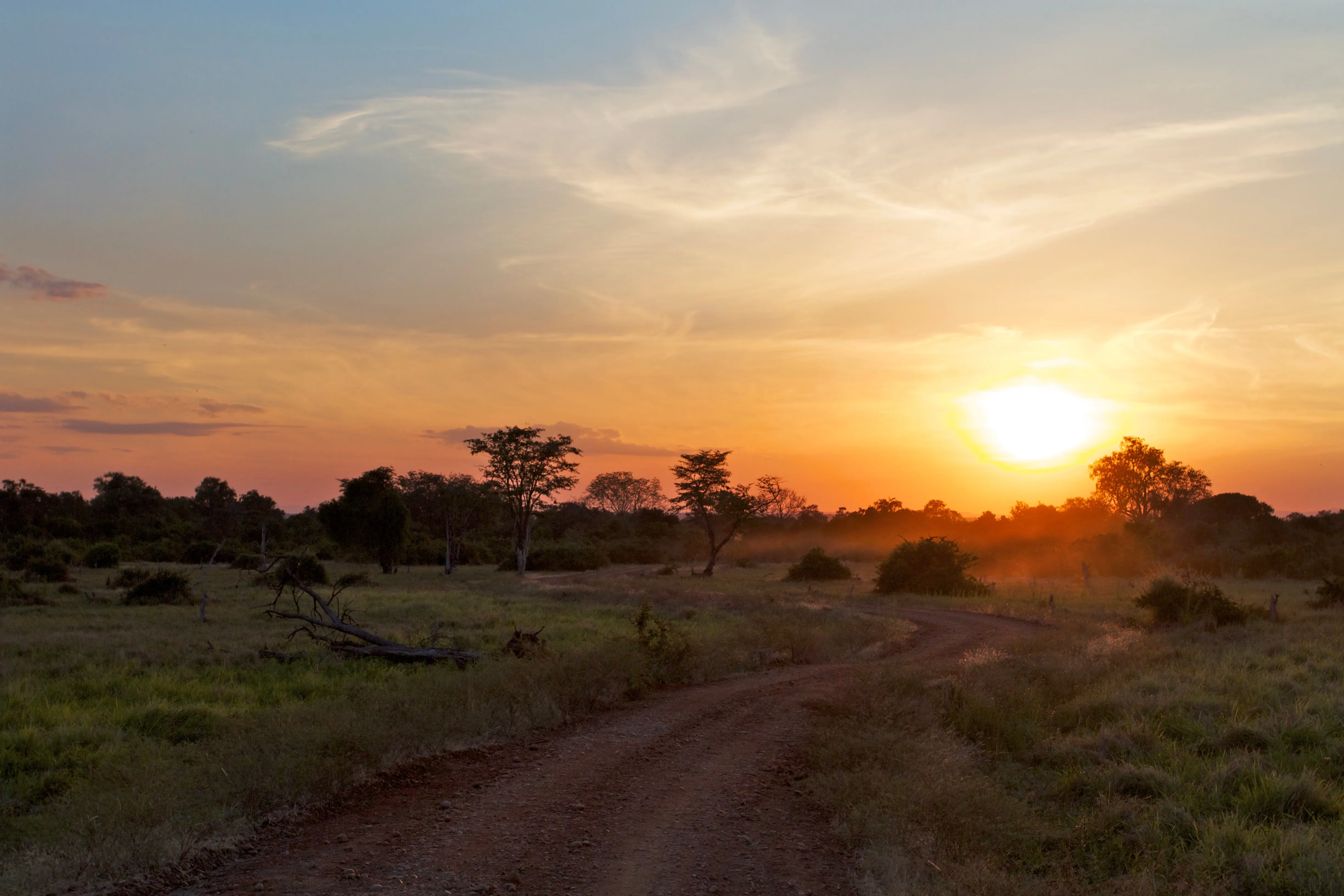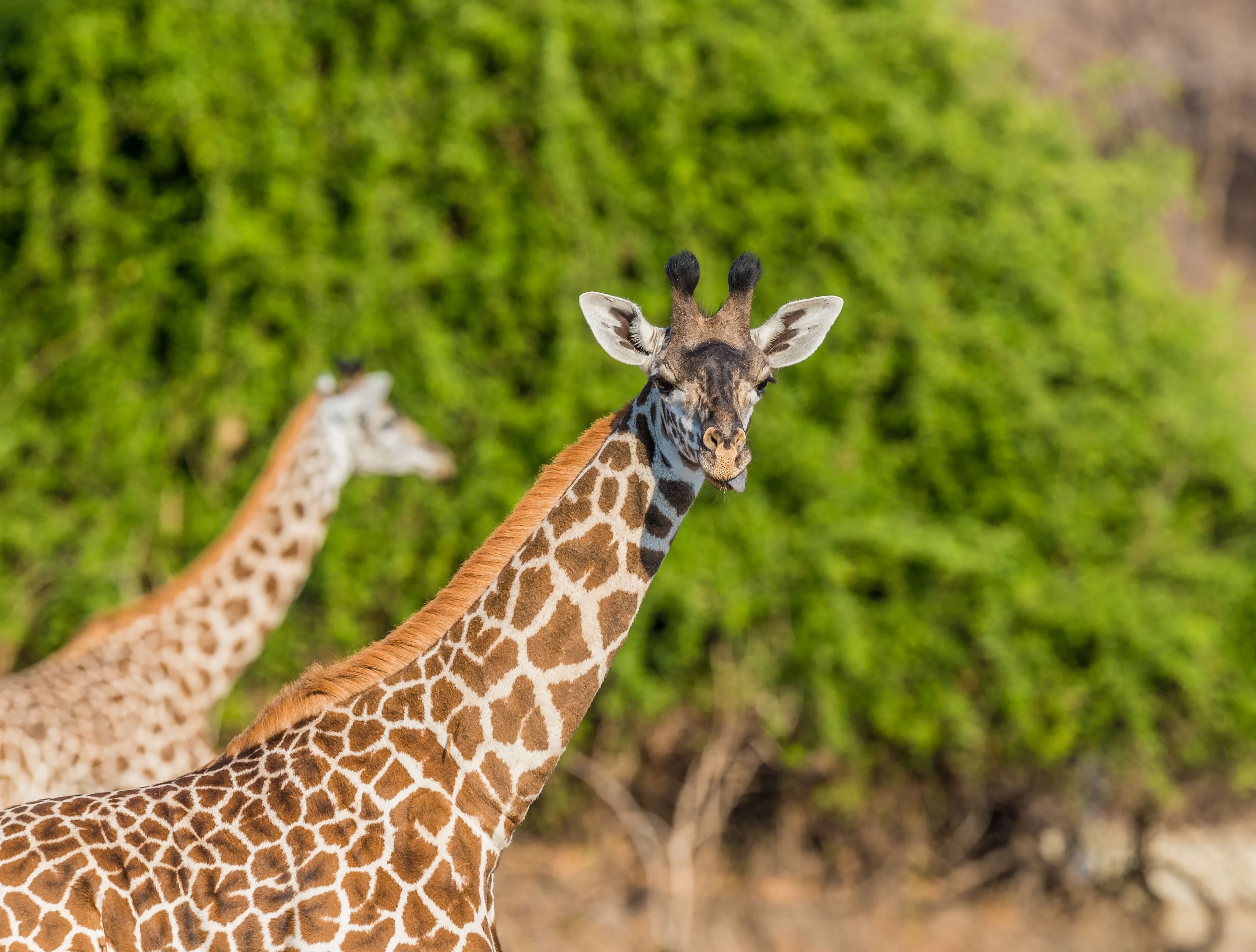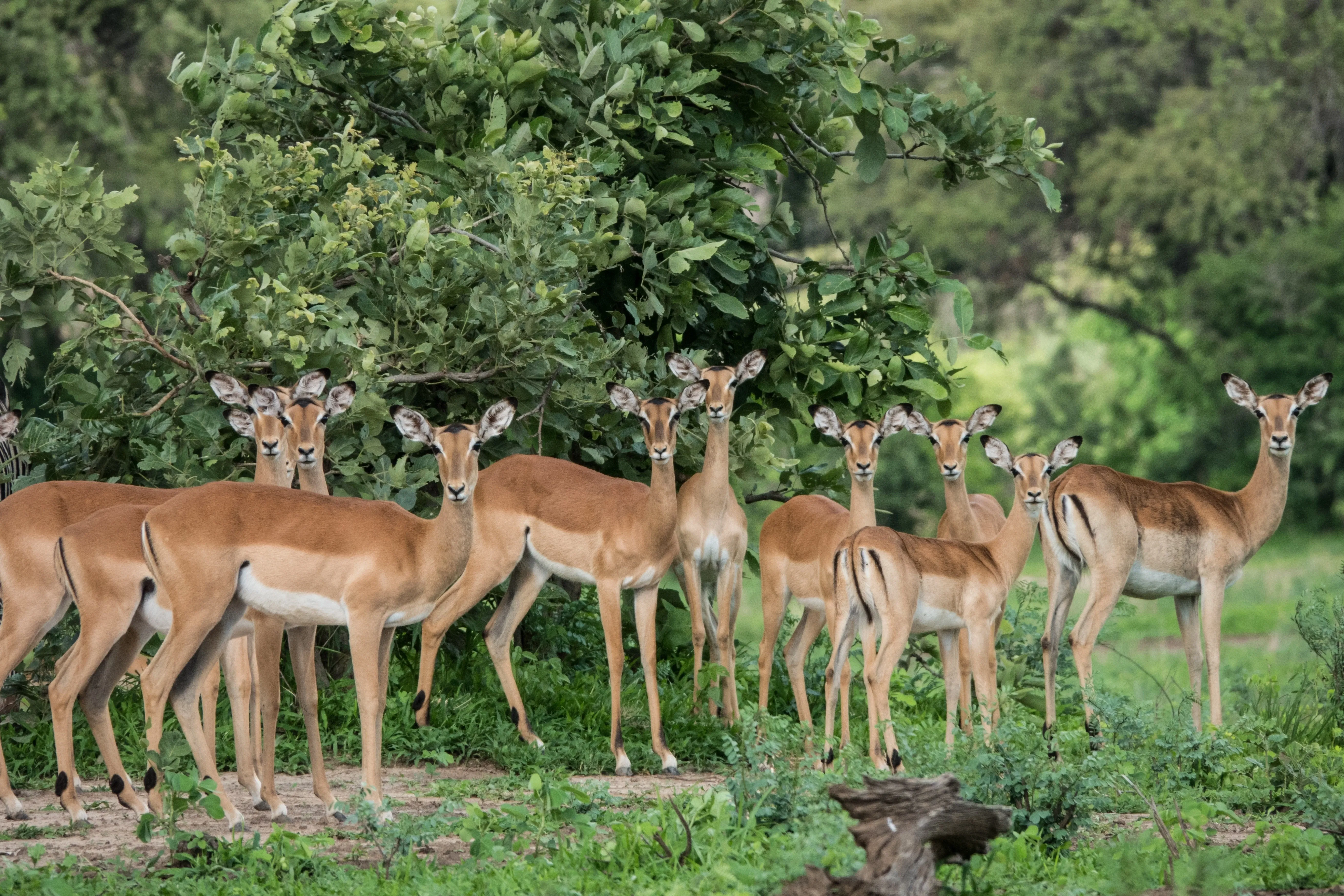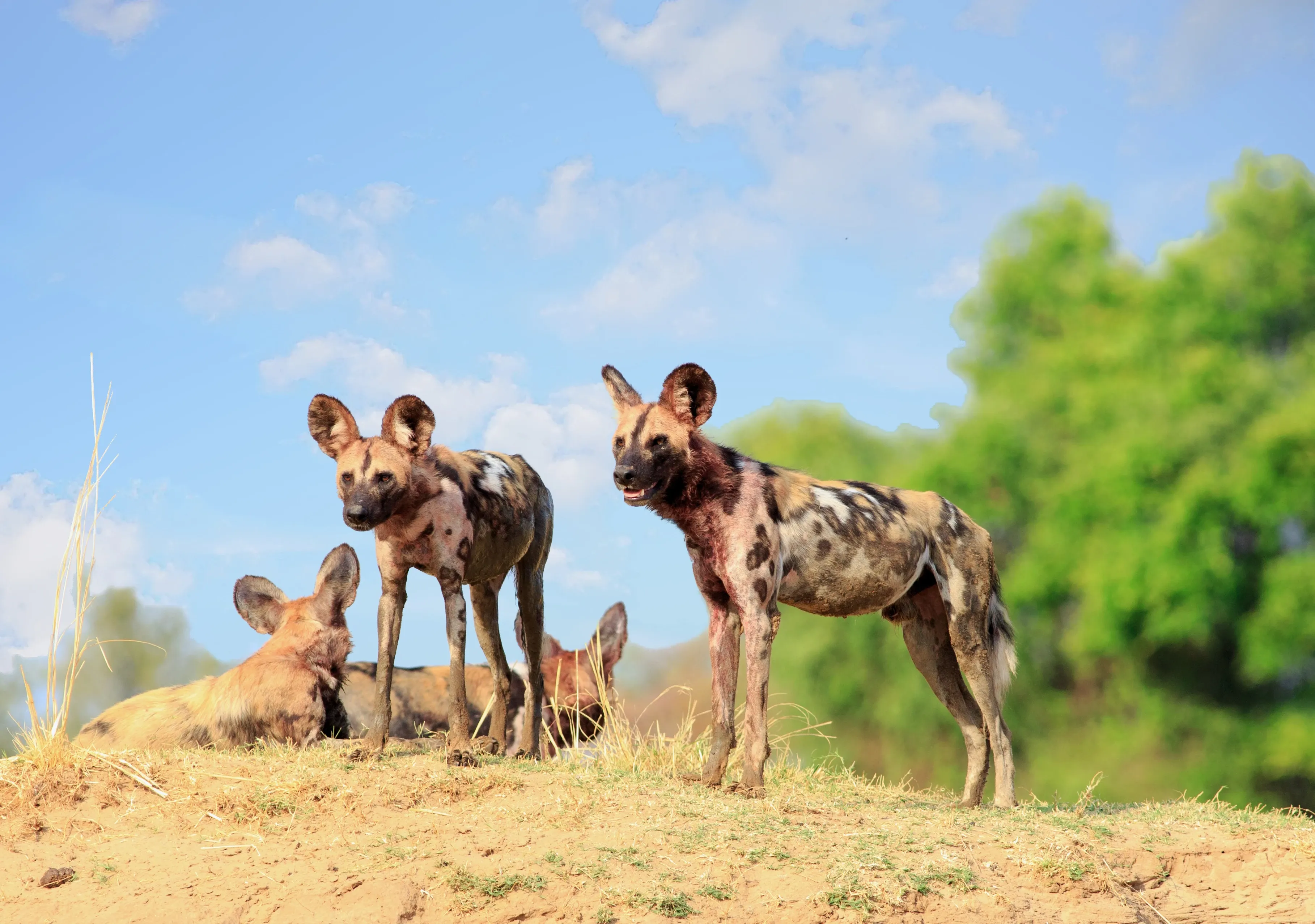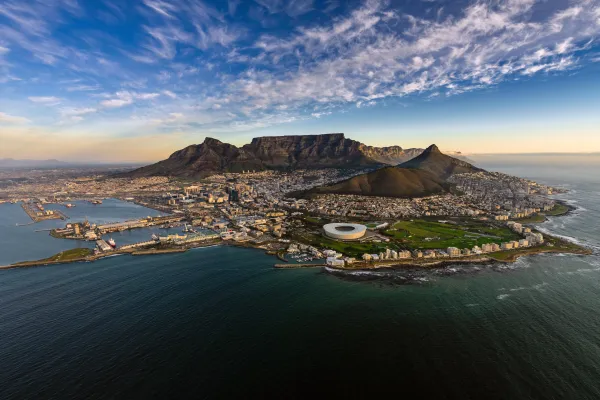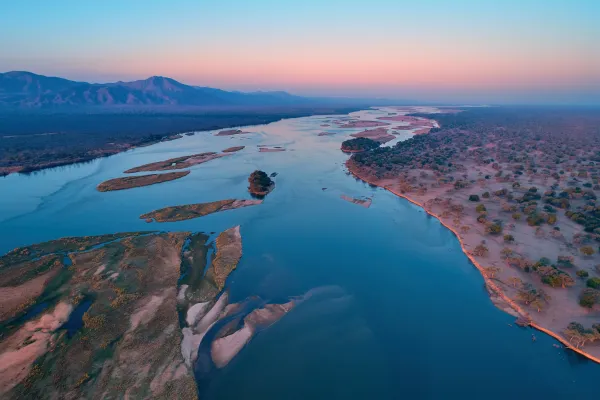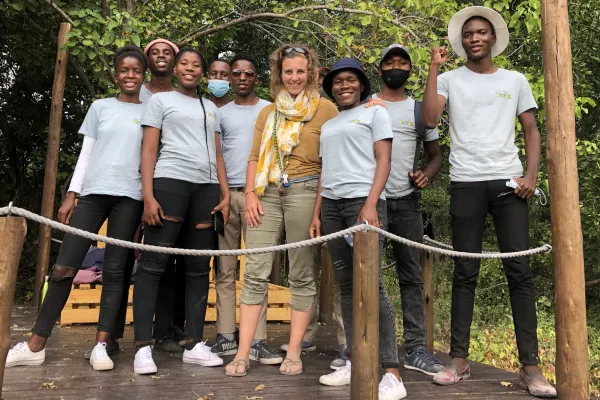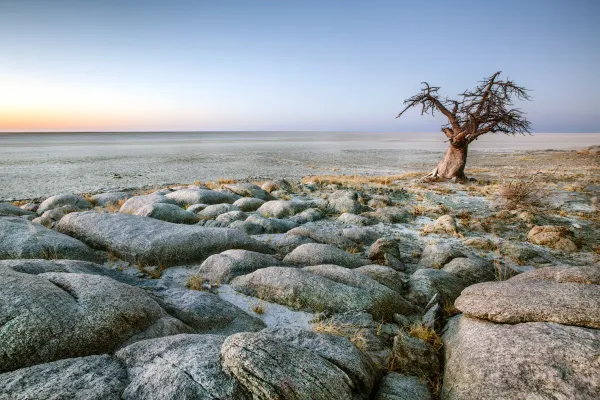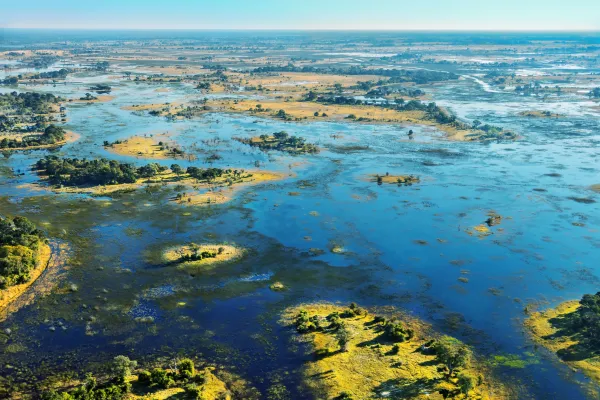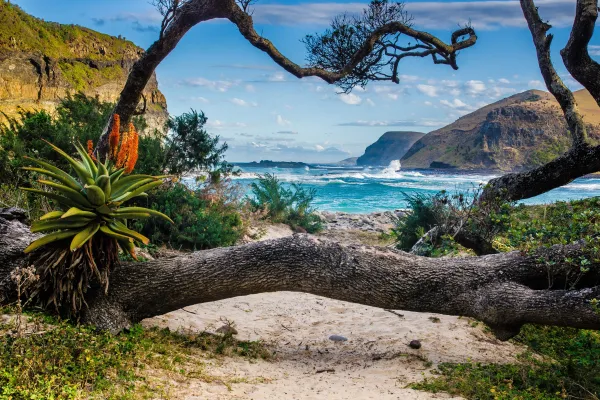Luangwa Valley – Zambia’s safari jewel
In terms of adventure travel and exploration, Africa is well known for its iconic and legendary names and places.The names “Zambezi”, “Serengeti”, “Sahara”, “Kalahari”, “Okavango”, “Kilimanjaro” or “Makgadikgadi” all conjure up the same imagery; that of wild spaces teeming with wildlife, the promise of frontier discovery and the touch of the pulse of remote Africa. There are too many of these romantic and alluring identities to mention, but there is one such region in Zambia that comes to mind, that ought to be on this prestigious list: the underrated and underexplored Luangwa Valley.
Geography of the Luangwa Valley
As an extension of the Great Rift Valley, the Luangwa River traverses through Zambia for some 800 kilometres from the Malawian border in the north before reaching a confluence with the mighty Zambezi in the south. Located in the north-east quadrant of Zambia lies the Luangwa Valley floor, often coined by some (and quite rightly we should add) as the "honey pot of Africa"
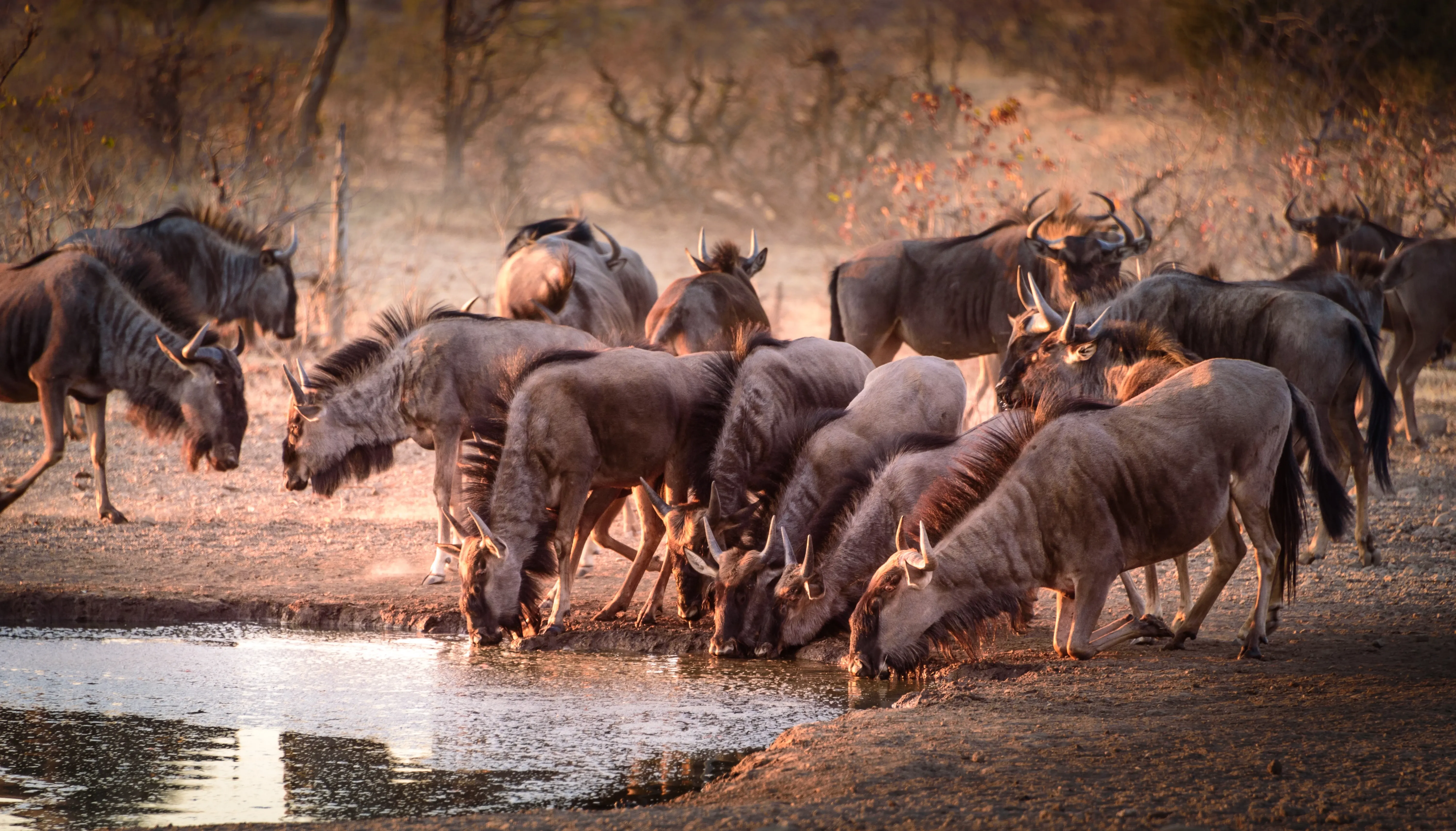
Luangwa landscape and wildlife
It’s an area of rich and varied habitat, verdant floodplains, savanna and forest, supporting an incredible diversity of wildlife. A biodiversity hotpot dominated by the ebb and flow of the Luangwa River and her tributaries, all guided through the floor by the Muchinga escarpment which rises to an imposing height of some 700 metres above the valley.
This is the home of the greatest concentrations of wildlife in Zambia with high numbers of predators, antelope and elephant, as well as critically important habitat for the endangered African wild dog. Rarities such as Cookson’s wildebeest or Thornicroft’s giraffe are common here.
The Luangwa, with this amazing backdrop, is quite rightly referred to as the ‘home of walking safari’, which is precisely why the region is on our radar.
National parks along Luangwa Valley
Along with game management areas, there are four national parks that compromise the 70,000 square kilometre protected ecosystem of the valley, each with its own character and sense of place.
At about 9,000 square kilometres, the South Luangwa National Park is the largest and due to its accessibility, the most popular. A host of permanent camps offer a base to self-drive or undertake guided safaris into the reserve.
At about half the size, the North Luangwa National Park is far more remote, and due to seasonal flooding and access, camps are rustic and temporary. A safari here, immersed with this remoteness and big game, is a certain Zambian highlight and one we recommend wholeheartedly
One of Zambia’s smallest national parks, the Luambe National Park, lies between the two big brothers, and offers ultra-exclusive safari experiences. For season experiential travellers, this should be more than just a blip on your radar.
The fourth reserve to the south-east is the little known Lukusuzi National Park, one of Zambia’s infant conservation regions. There is very little infrastructure here, and the reserve is not even open to tourism ventures as yet but the rugged beauty and remoteness, not to mention the alluring mystery, certainly makes travel to Lukusuzi an exciting prospect. One day for sure!
Sign up for the newsletter
By clicking on “Subscribe now” I will subscribe to the Conscious Explorer newsletter with all the information about mindful travel. Information on the success measurement included in the consent, the use of the shipping service provider MailChimp, logging of the registration and your rights of revocation can be found in our privacy policy.
